Revolutionizing Cap Decor: The Power of DTF Transfers
Direct-to-film (DTF) transfers are transforming the cap decoration industry with their ability to pr…….
In the ever-evolving world of fashion and apparel, the integration of digital technologies has opened up new avenues for innovation and customization. Among these developments, Direct-to-Fabric (DTF) transfers have emerged as a game-changer, particularly in the realm of accessories like hats. This article delves into the intricate world of DTF transfers specifically tailored to hats, exploring their significance, global impact, economic implications, technological advancements, regulatory landscape, and future potential. By the end, readers will gain a comprehensive understanding of this cutting-edge process and its role in shaping the fashion industry.
Definition: Direct-to-Fabric (DTF) transfers refer to a printing method that allows for the direct application of designs or graphics onto fabric without the need for intermediate steps like screen printing or heat transfer. This process involves using specialized equipment to apply ink or colorant directly to the fabric surface, enabling precise and vibrant designs.
Core Components:
Historical Context: The concept of DTF transfers has evolved over several decades, with early forms of direct printing on fabrics emerging in the 1980s. However, significant advancements occurred in the 21st century with improvements in ink technology, printing equipment, and digital design software. Today, DTF transfers are widely used in various industries, from apparel to signage, offering unparalleled customization options.
Significance: The adoption of DTF transfers for hats brings several benefits:
International Influence: DTF transfers for hats have gained global traction, with countries adopting this technology at varying rates. North America and Europe, known for their fashion-forward cultures, have been early adopters, leading the way in innovation and market sophistication. Asia, particularly China and Japan, have also seen a surge in DTF printing, fueled by robust manufacturing capabilities and a growing demand for personalized accessories.
Regional Trends:
| Region | Trends | Key Drivers |
|---|---|---|
| North America | Rapidly expanding market for custom-designed hats; increasing adoption in sports teams and fashion brands. | High consumer disposable income, fashion industry innovation, and a culture of self-expression. |
| Europe | Emphasis on eco-friendly and sustainable DTF printing practices; advanced technology integration. | Stricter environmental regulations, focus on ethical production, and a mature fashion market. |
| Asia (China & Japan) | High volume production for both domestic and export markets; rapid technological adoption. | Manufacturing prowess, low labor costs, and a large consumer base eager for unique products. |
| Emerging Markets (Brazil, India) | Growing interest in DTF printing for traditional hats and cultural accessories. | Rising middle class, local fashion industries seeking differentiation, and traditional craft integration. |
Market Dynamics: The global DTF transfers market is experiencing substantial growth, driven by the rising demand for personalized, on-trend accessories. According to a 2023 report by Market Research Future (MRFR), this market is projected to reach USD 1.4 billion by 2027, growing at a CAGR of 8.5% during the forecast period. Hats, as a segment within this market, present a lucrative opportunity due to their versatility and high consumer demand.
Investment Patterns: Major investments in DTF printing technology are being made by both established apparel manufacturers and startup ventures. These investments focus on improving print quality, ink durability, and production efficiency. Private equity firms have also shown interest, backing innovative startups that offer unique printing solutions or cater to niche markets.
Revenue Streams: Hat manufacturers can benefit from DTF transfers in several ways:
Ink Formulations: Continuous research has led to the development of specialized inks tailored for fabric printing. Key advancements include:
Printing Equipment Evolution:
Digital Design Software: Advanced design software has revolutionized the DTF printing process:
The regulatory environment surrounding DTF transfers for hats varies across regions, primarily focusing on product safety and environmental considerations:
The future of DTF transfers for hats appears promising, driven by several key trends:
Direct-to-Fabric (DTF) transfers have emerged as a transformative technology in the hat manufacturing industry, offering unprecedented customization, efficiency, and design flexibility. As technological advancements continue to refine the process, and global markets demand more personalized products, DTF transfers for hats are poised to play an increasingly vital role in fashion and accessory trends worldwide.
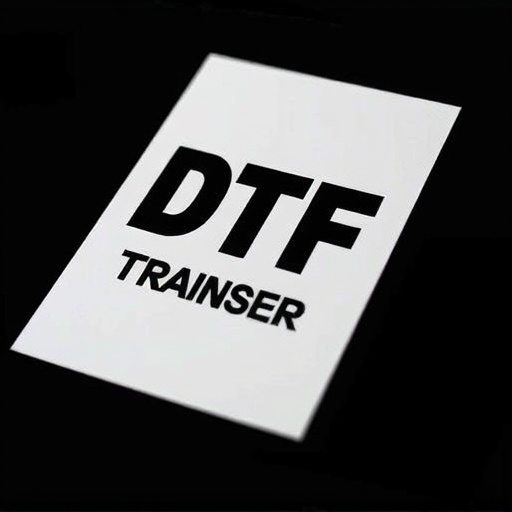
Direct-to-film (DTF) transfers are transforming the cap decoration industry with their ability to pr…….
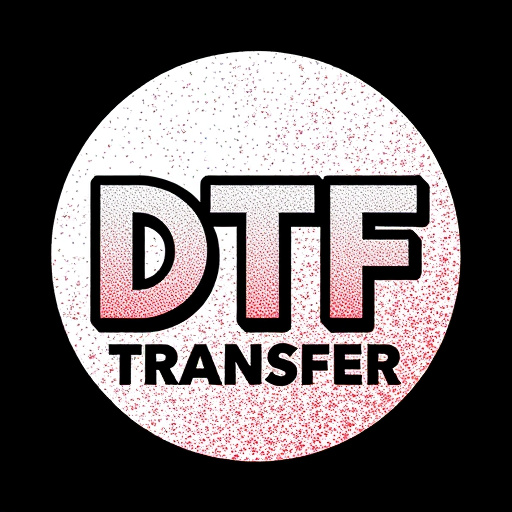
Direct-to-Film (DTF) transfers are transforming cap decoration with cutting-edge printing that creat…….
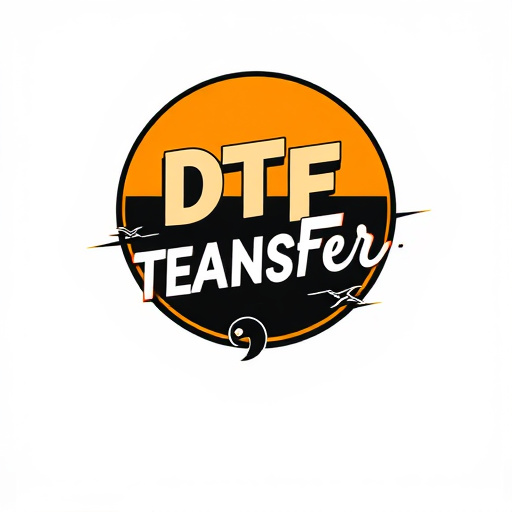
Direct-to-Film (DTF) technology is reshaping the cap decoration industry by offering a versatile, co…….
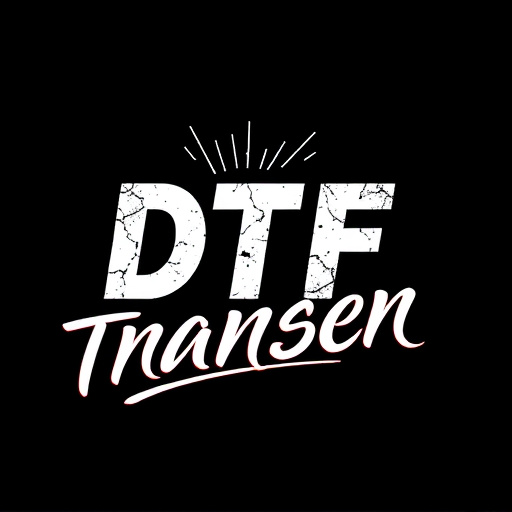
Direct-to-film (DTF) printing is a cutting-edge cap decoration method offering intricate designs, vi…….
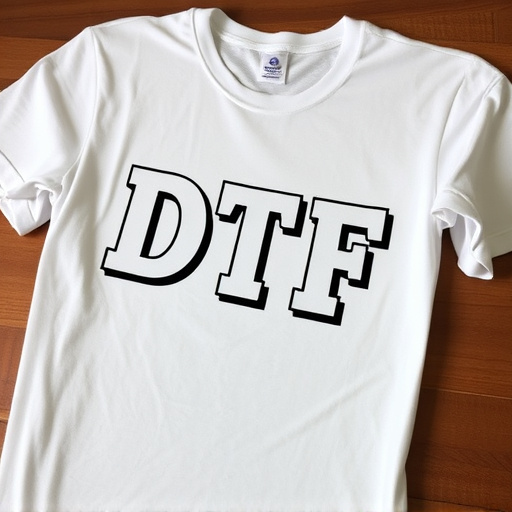
Direct-to-film (DTF) prints are transforming cap decoration by directly transferring intricate desig…….
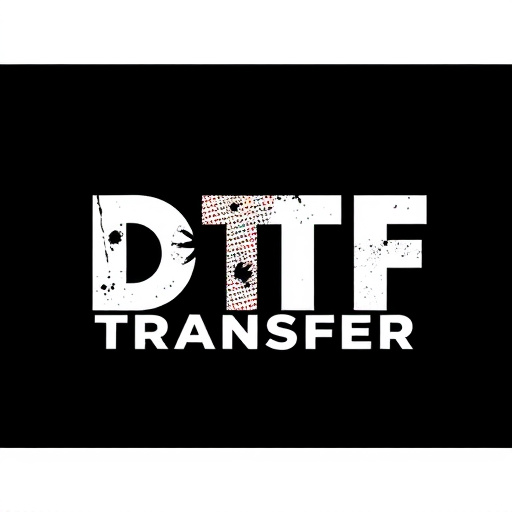
Direct-to-Film (DTF) Printing is a cutting-edge technology transforming custom cap design, offering…….
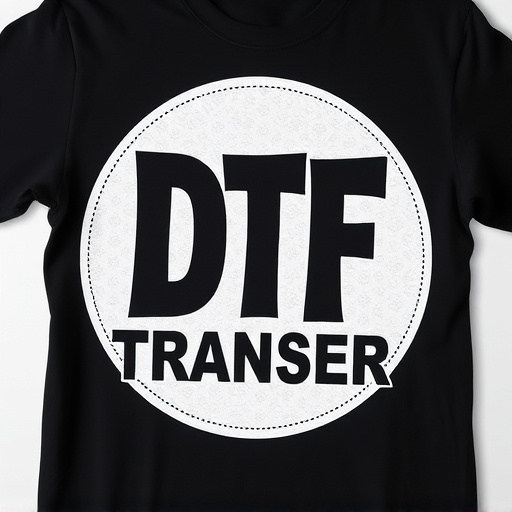
DTF (Direct-to-Film) Printing is a cutting-edge method revolutionizing cap decoration with high-reso…….
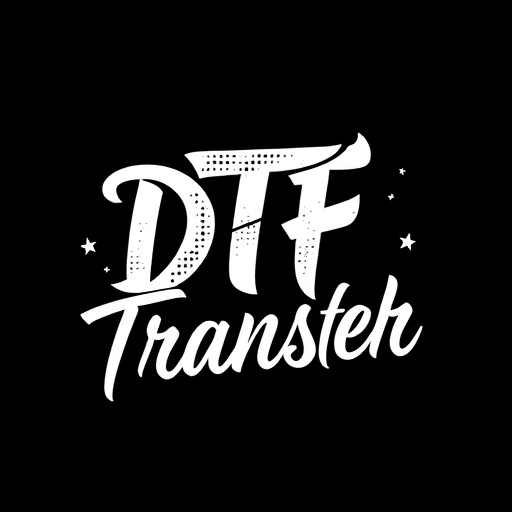
Direct-to-Film (DTF) technology is transforming cap decoration with advanced customization, high-qua…….
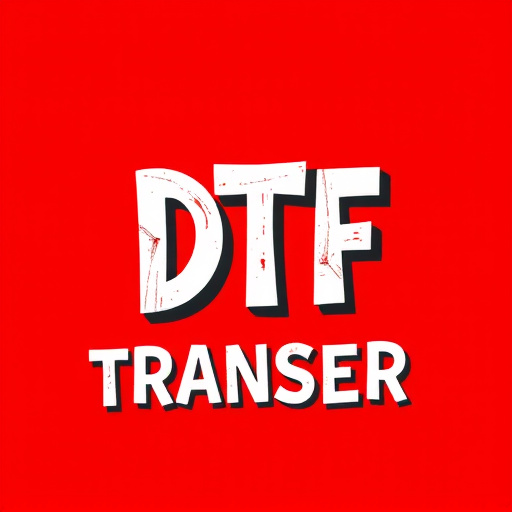
Direct-to-film (DTF) transfers are reshaping cap decoration with their advanced printing capabilitie…….
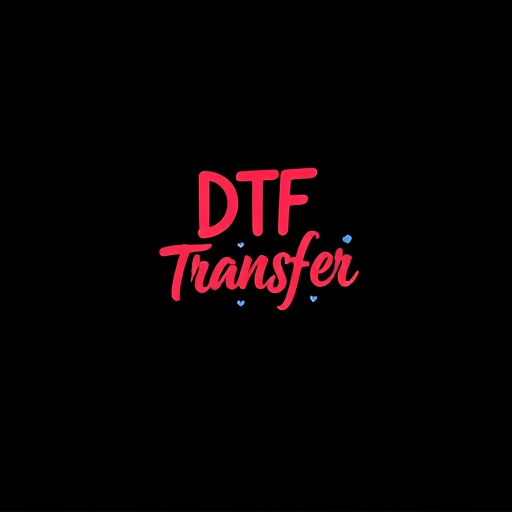
Direct-to-film (DTF) transfers are transforming decorative design on caps, offering exceptional deta…….